Across the globe, increased attention and interest is being placed on overall health and wellness. Trends have shifted from simply ‘looking’ good to ‘feeling’ good. Being fit, strong and active, both physically and emotionally, is a growing priority for us all. With the rampant spread of diseases such as cancer, the value of health cannot (and is no longer) underestimated. Plant health echoes this conversation. Plantgesondheid volg hierdie gesprek na.
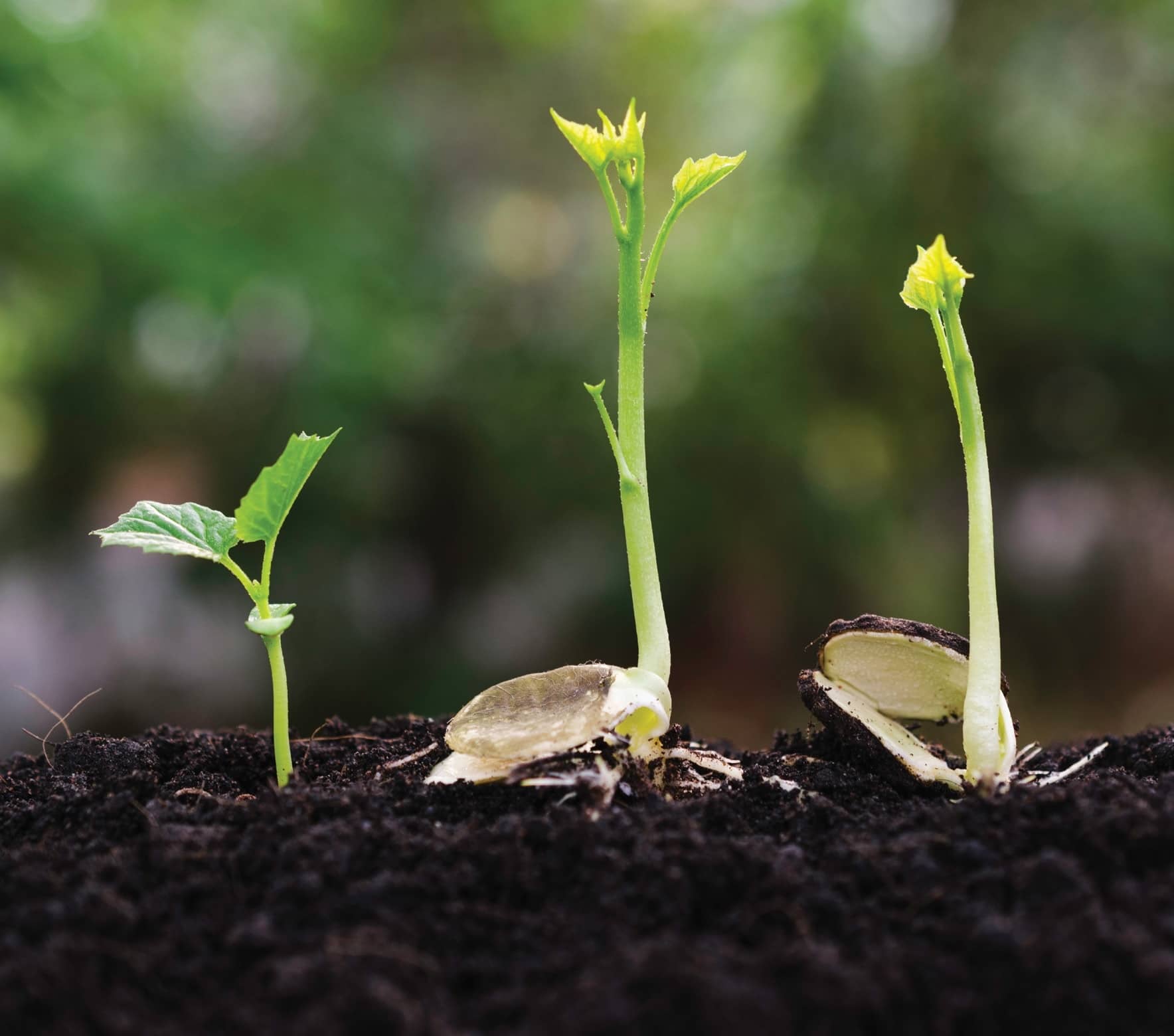
Healthy strong plants will always be prized over weak, struggling ones. As with human health, continued research and significant developments are continuously being made in plant science. As knowledge of the many growth processes increases, so too does the research and development on tailoring products to maximise each step.
So what have we learned and what do we as gardeners need to know about plant health?
In nature, plants predominantly need water and sunlight to survive. They are reliant on nutrients within the soil, air and water for nutrition, and grow as best they can within their environment. As such, nutrient-rich soils support enhanced growth when compared to sandy poor soils – hence earlier discussions and emphasis on the importance of soil health.
Mankind has been supplementing plant nutrition since the beginning of time. Early Egyptian, Roman and Babylonian records suggest minerals and manure have enhanced farm productivity since ancient times. Gardeners are well aware of the benefits of supplementing nutrition. Some of us are more knowledgeable than others and, as with most things in gardening, everyone experiences success and failure at some stage.
As responsible gardeners, it’s important to embrace an integrated, holistic approach to plant health, supplementing nutrition with products that are sustainable and effective, with no negative effects on your soil, your plants and your family.
Macroelements and microelements
This story is from the July 2019 edition of The Gardener.
Start your 7-day Magzter GOLD free trial to access thousands of curated premium stories, and 9,000+ magazines and newspapers.
Already a subscriber ? Sign In
This story is from the July 2019 edition of The Gardener.
Start your 7-day Magzter GOLD free trial to access thousands of curated premium stories, and 9,000+ magazines and newspapers.
Already a subscriber? Sign In
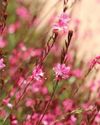
PLANT A COLOUR explosion!
Angelic angel wings and a dwarf morning glory can keep colour all around you from spring to autumn, and will be back to do it all over again next year...
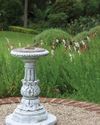
SAVING TIME in the garden
Just like Jamie Oliver can teach us to cook a meal in 15 minutes, there are ways to garden in 15 minutes or less. Here are some of our top time-saving tips to make gardening easier, quicker and more fun.

FUN PROJECTS for the New Year!
If you want a wow factor for your next party, try revamping a piece of driftwood into something amazing with these few steps.

Evolving for LONGEVITY
A continuously transforming garden has longevity, which is certainly true for the garden at Brahman Hills in the Midlands of KwaZulu-Natal.
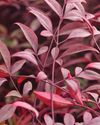
FIRE AND Feathers!
On a dreary winter's day, a screen of fiery and feathery leaves puts up a fight against dullness!
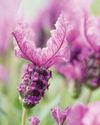
GET THE ladies in!
At this time of year, early-flowering shrubs vie with each other to get the most attention. We say: Trust those with female names for frills and butterflies. They go the extra mile to flower their hearts out.

Vegetable Soups and dumplings
Vegetables make the most delicious soups and classic combinations are always a winner.

Yummy sweet potatoes for your good health
Boiled, baked or braaied, sweet potatoes (Ipomoea batatas) are a delicious and healthy winter comfort food. Just a dollop of butter, a little seasoning and you are good to go.

Pretty and functional
If cooking is your main thing, you would probably be more interested in the culinary value of the three herbs and some of their varieties we are describing.
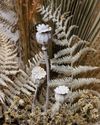
Dried Seedheads & Pods
Autumn and winter are the best times to see what flowers produce the best seedheads that can be left on the plants to feed the birds and bugs and for harvesting for dried arrangements.